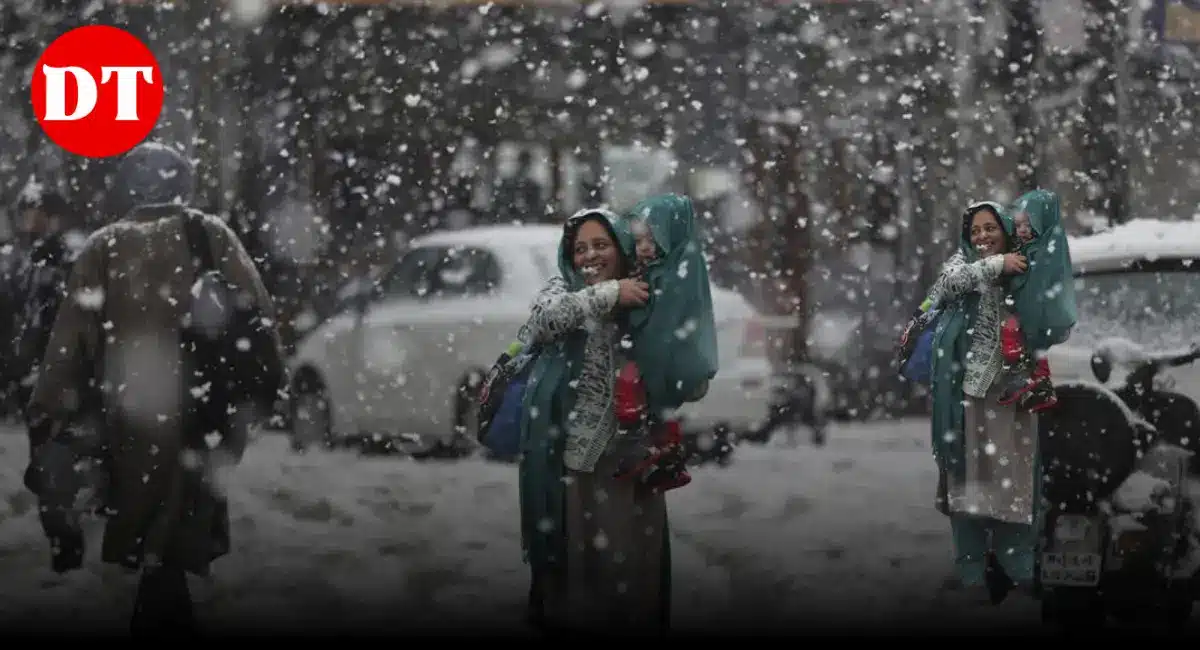On Sunday, Jammu and Kashmir felt very cold, with temperatures staying low. The difference between the highest and lowest temperatures was small, showing how chilly it is. The Meteorological (MeT) department said the weather will be cold and dry for the next day.
On Saturday, Srinagar had a high of only 5.8°C, and on Sunday, the low dropped to minus 3°C. In Gulmarg, the high was 2.4°C on Saturday, and the low was minus 5.6°C on Sunday. Pahalgam had a high of 4.8°C and a low of minus 6.2°C on Sunday.
In the Jammu area, temperatures were a bit warmer: Jammu city had a low of 10.5°C, Katra was at 8.4°C, Batote had 4.6°C, Banihal was at 0.7°C, and Bhaderwah reported a low of 2.5°C.
The MeT office shared a weather forecast, saying that January 12 will be cloudy in the morning and early afternoon, but it will get better later. January 13 is expected to be mostly clear and dry. On January 14, it will be cloudy but still dry, while light snow may fall in higher areas on January 15 and 16. January 17 and 18 are also expected to be cloudy.
This cold weather is part of a tough winter period called ‘Chillai Kalan,’ which lasts for 40 days from December 21 to January 30. During this time, people stay warm by wearing a loose woolen cloak called the ‘Pheran’ and using a firepot called the ‘Kangri,’ which is made from willow. These items help protect against the cold.
Doctors are warning people, especially children and the elderly, to be careful and not stay outside too long in the extreme cold, as it can cause health problems like hypothermia. The cold can also make blood vessels tighten, which can lead to heart issues.
Using the Pheran and Kangri is very important now because Jammu and Kashmir is facing electricity shortages. Problems like limited funding and low electricity prices have created a gap between how much power people need and how much is available. This makes traditional heating methods very important for staying warm during this cold season.







